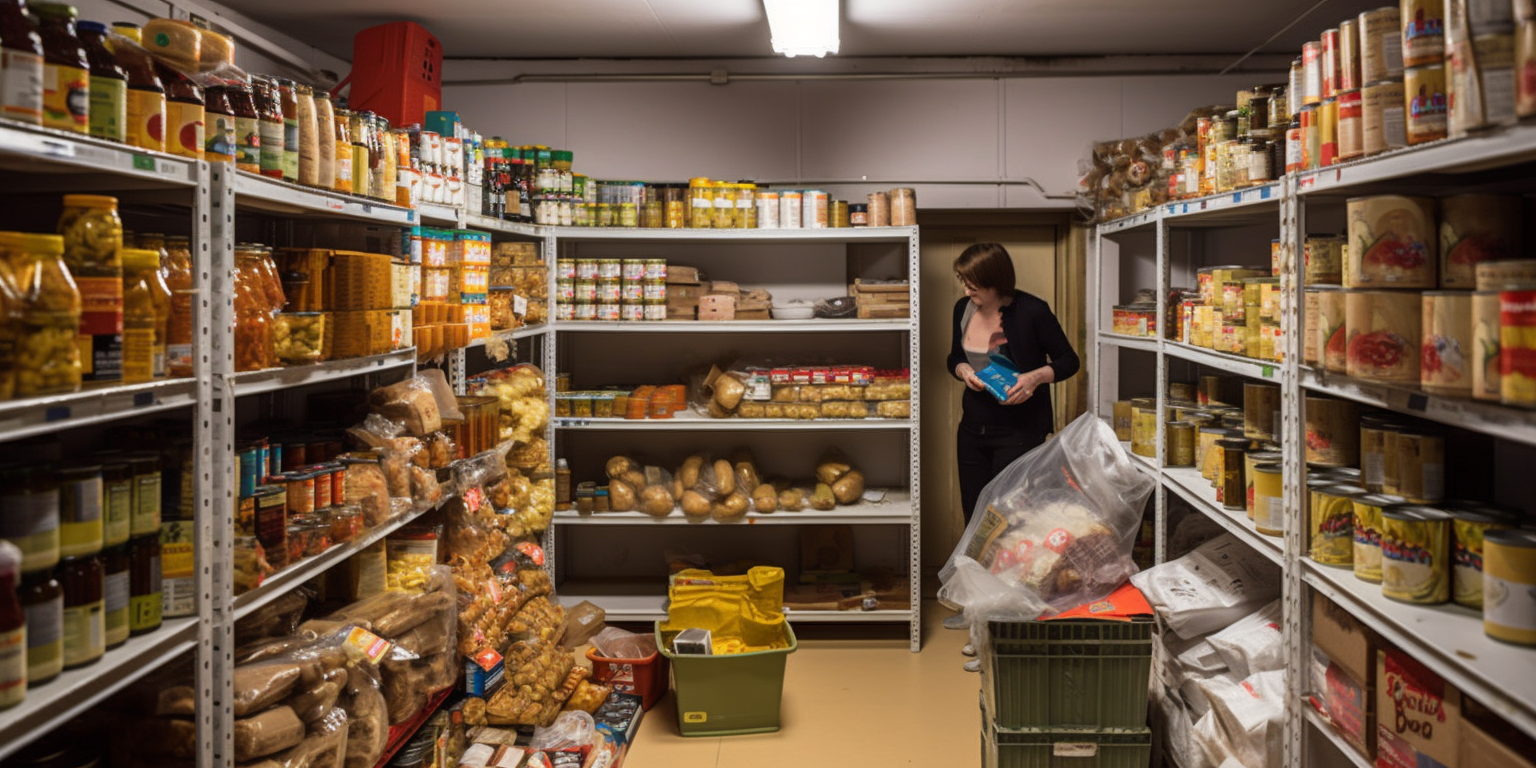
A Guide to Coastal Foraging in the UK: Edible Seaweeds, Shellfish, and Plants
A Guide to Coastal Foraging in the UK: Edible Seaweeds, Shellfish, and Plants
Coastal foraging is an activity that combines the pleasure of being outdoors with the satisfaction of gathering your own food. With the UK's extensive coastline spanning roughly 7,500 miles, there are ample opportunities for foragers to explore and harvest a diverse range of edible seaweeds, shellfish, and coastal plants. This guide delves into the world of coastal foraging, providing insights into sustainable practices, safety, and the identification of some of the UK’s most accessible and delicious coastal edibles.
- The Riches of the UK Coastline
The UK coastline is a forager's paradise, teeming with an array of edible seaweeds, shellfish, and plants. From the kelp forests of Scotland to the mussel beds of Wales and the samphire marshes of England, each region offers its unique bounty.
- Sustainable Foraging: Preserving Coastal Biodiversity
Sustainable foraging is crucial to protect these coastal ecosystems. It involves understanding and adhering to local regulations, taking only what you need, and ensuring that you leave no lasting impact on the environment. Sustainable foraging is about being a part of the ecosystem, not exploiting it.
- Edible Seaweeds: A Nutritional Powerhouse
Seaweeds are not only delicious but are also rich in vitamins and minerals. Popular edible varieties in the UK include dulse, sea lettuce, and kelp. Remarkably, the UK is home to over 650 species of seaweed, many of which are edible and nutritious.
-
Dulse: A red seaweed with a slightly spicy flavour, dulse can be eaten raw or cooked. It is high in protein and potassium.
-
Sea Lettuce: This bright green seaweed is delicate and has a mild taste, perfect for salads. It’s a good source of Vitamin C and iron.
-
Kelp: Kelp forms underwater forests and is known for its umami flavour. It is rich in iodine, making it beneficial for thyroid health.
-
Statistic: According to the Seaweed Health Foundation, seaweeds can contain up to 10 times more calcium than milk and eight times as much as beef.
- Foraging for Shellfish: Clams, Mussels, and More
The UK’s shores are rich in shellfish such as mussels, cockles, and oysters. These can be found buried in the sand or attached to rocks.
-
Mussels: Often found in dense clusters, mussels are high in protein and omega-3 fatty acids. They should be foraged during colder months to avoid harmful algae blooms.
-
Cockles: These small, heart-shaped shellfish are a traditional British favourite. They are particularly abundant in sandy, sheltered beaches.
- Coastal Plants: From Samphire to Sea Buckthorn
Coastal plants offer a variety of flavours and are often easy to identify.
-
Samphire: Also known as sea asparagus, samphire grows in salty marshes. It has a crisp texture and a salty, grassy flavour.
-
Sea Buckthorn: These bright orange berries can be found on thorny shrubs along the coast. They are extremely high in Vitamin C. Sea buckthorn berries have been used historically in the UK for their medicinal properties, particularly in treating colds and flu.
- Safety and Legal Considerations
When foraging, it's important to be aware of the legal and safety aspects. This includes understanding the rights to forage in an area, respecting private property, and being able to accurately identify species.
- Legal Note: The Crown Estate allows foraging for personal use on much of the UK’s shoreline, but some areas may have restrictions or require permits.
- Tides and Weather: Planning Your Foraging Trip
Understanding tides and weather is crucial for safe and successful foraging.
- The best time to forage is often during low tide when many species are more accessible. Always check tide times and weather forecasts before heading out.
- Preparing and Cooking Your Foraged Finds
Once you've gathered your coastal treasures, knowing how to clean and cook them is key to enjoying your bounty.
-
Recipe Idea: Try steaming mussels with garlic, white wine, and parsley for a simple yet delicious meal.
-
Cooking Seaweeds: Most seaweeds can be rinsed and used raw in salads, or dried and used as seasoning.
- The Community of Coastal Foragers
Joining the community of coastal foragers can enhance your experience. There are many groups and forums where foragers share tips, recipes, and organize meetups.
Suggested Articles
The Best UK-Based Survival and Adventure YouTube Channels to Follow
In today's digital age, YouTube has become an invaluable resource for those seeking advice, inspiration, and entertai...
The Call of the Wild: UK Survival Courses for Budding Adventurers
Unleash your inner Bear Grylls by learning essential bushcraft and outdoor skills at these top UK survival courses. W...
The Crucial Role of Emergency Food in Hunger Relief and Crisis Situations
Unravelling the significance of emergency food provisions in combating food insecurity and supporting vulnerable popu...




